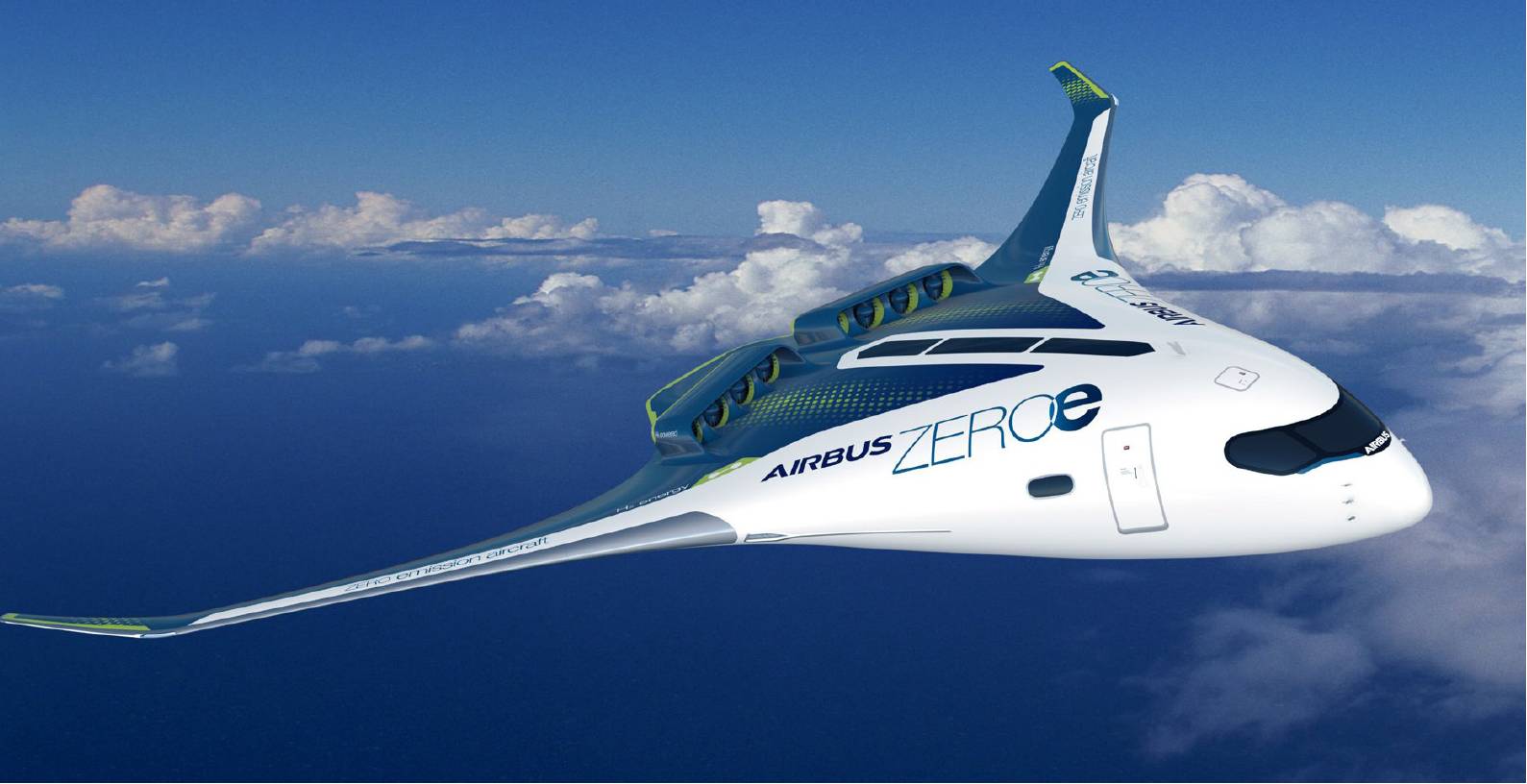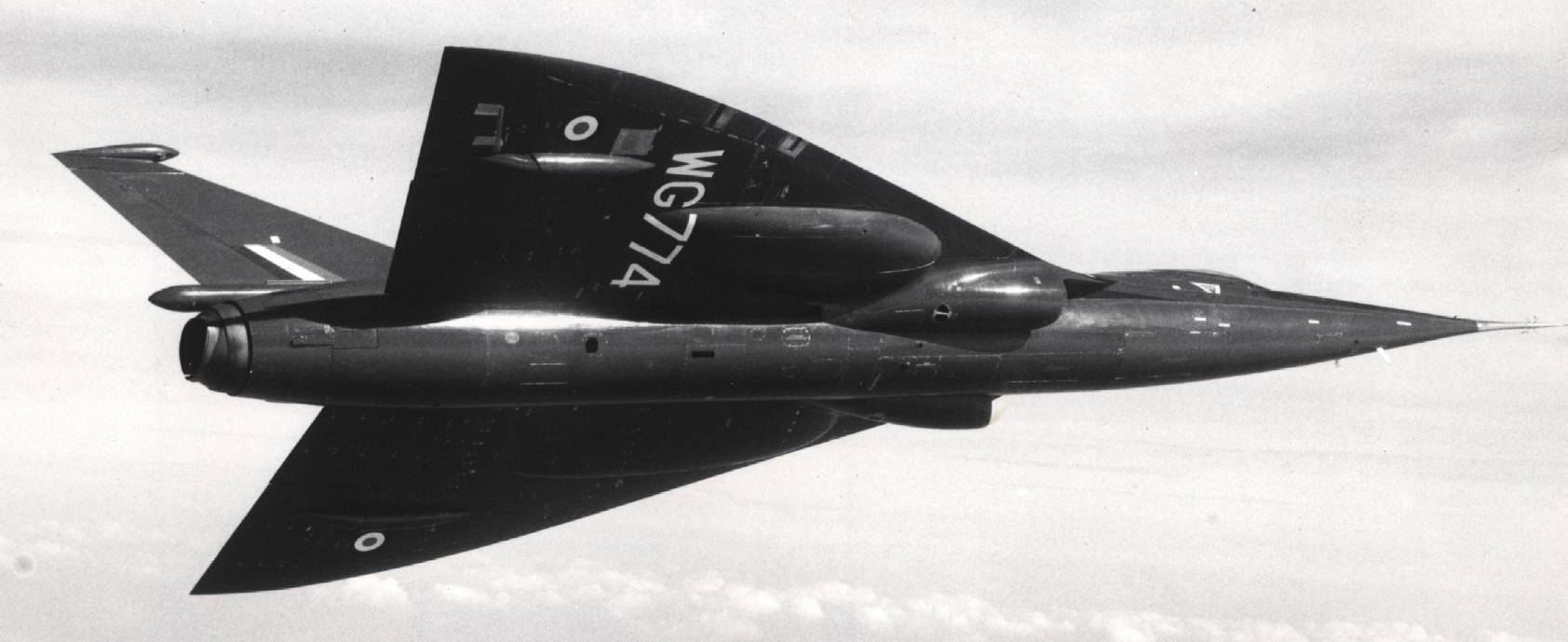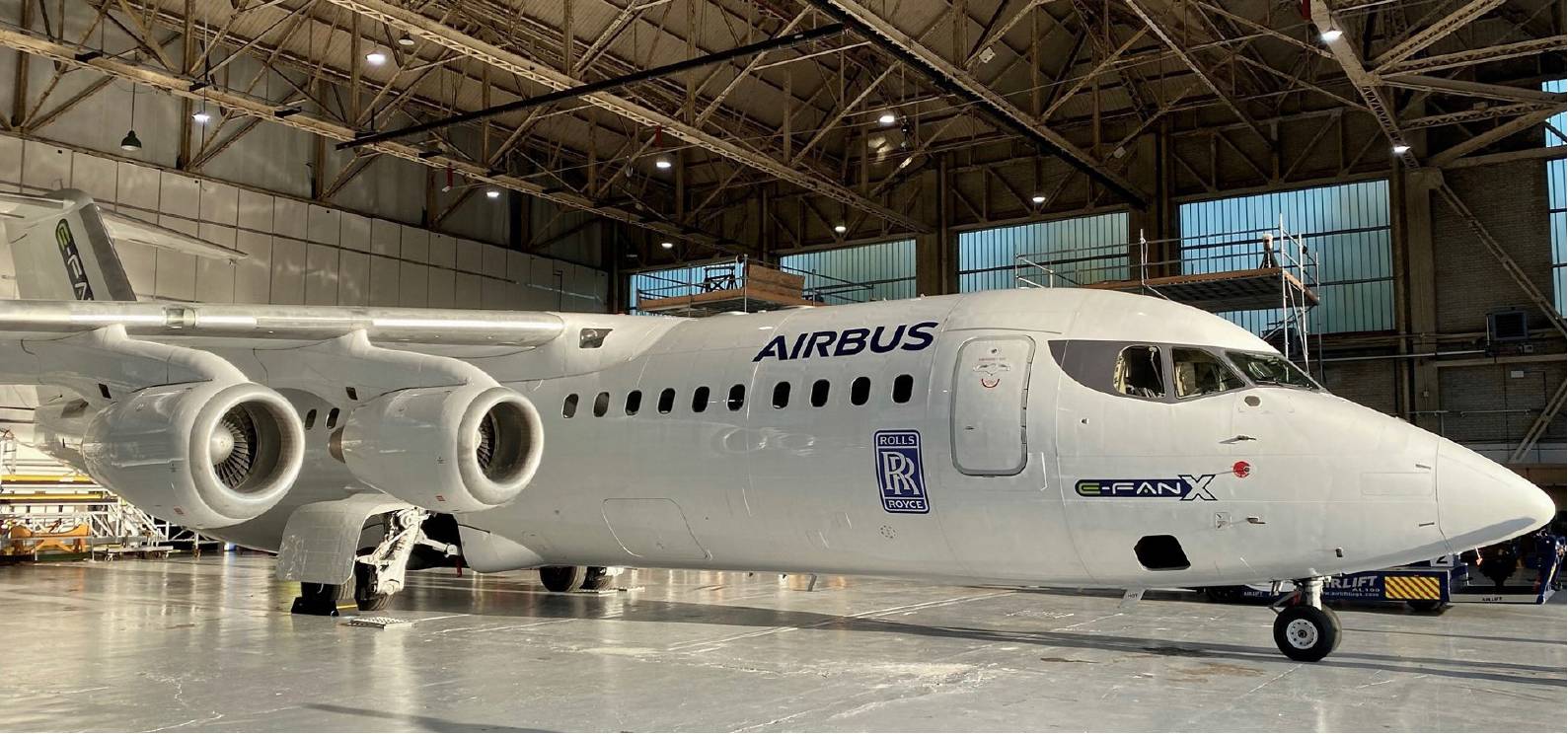At the airframe side the definition phase of the demonstrator will mainly draw on architectural and integration skills, whereas in the demonstrator development phase the complete spectrum of engineering skills, be it non-specific and specific design work (at the aircraft and engine manufacturers, the supply chain, REs and universities) will be needed.
No less important is the need for a ‘living’ research network driven by the requirement to elaborate concrete applications with the necessary pressure from industry. Academics have a big role to play, particularly in establishing/validating radical new solutions as yet unknown. Theoretical studies at academic level with subsequent studies and testing at the level of the research establishments (such as the DLR in Germany, INTA in Spain, ONERA in France and ATI in UK). The academics’ role is broad: from educational aspects to solution-finding. Their survival at the top world level depends on regularly launching new challenging programmes, essentially in Europe.
Costs, timeframe and financing of a flying technology demonstrator
There will be two cost elements of a flying technology demonstrator: The demonstrator itself (developing, building and flying/testing, analysis of results) and the development and validation of sets of technologies that will be integrated in the demonstrator – provided they are suitable for integration and matured enough to ensure reliable and safe operations of the demonstrator.
THIS PROGRAMME – WITH THE NECESSARY STEPS – NEEDS TO BE LAUNCHED SHORTLY IN ORDER TO DELIVER RESULTS BY THE END OF THE PRESENT DECADE
Depending on the size and the closeness to future product configuration, the flying demonstrator will be at a cost level of €4-5bn (including the definition phase), and will take six to eight years to be developed and tested. The pre-definition phase at the start of the programme, resulting in a suitable configuration of the demonstrator and a ‘top-down’ established list of required technologies, will take some two years. Overlapping with the pre-definition phase and continuing over another three to four years, the detail technologies will be developed and validated already with some level of integration (eg engine) (up to TRL 6) in the course of various research programmes (Clean Sky 3/Clean Aviation, national research programmes such as LuFo in Germany, CORAC in France and ATI in the UK) and even regional research programmes), as long as they are on the short list of the demonstrator programme and aiming at a ‘green’ or ‘climate neutral’ commercial transport aircraft. Additional funding has to be ensured within these programmes if not all needed technologies are covered.
Overall – and taking reasonable overlapping into account – the airborne technology demonstrator programme will take between eight to ten years.
Whereas the technology development research programmes can be funded in the usual way, considering the difficult financial situation due to the coronavirus crisis, the airframer, engine manufacturers, systems manufacturers and the involved suppliers will not be capable of financing the activities at the above-mentioned level in the indicated timescale. Consequently, the flying technology demonstrator will require special public funding that has to go well beyond the usual 50% public funding rate, spread over its lifetime.
Why start now?
The EU is committed to reaching the ambitious goal of significant emissions reduction in aviation by the middle of this century. In order to achieve that goal, the entry into service (EIS) of a first ‘green’ aircraft has to be in the 2030s. For that, the development of such an aircraft needs to start in the late 2020s. Taking the total programme time of eight to ten years for the demonstrator programme into account, this programme – with the necessary steps – needs to be launched shortly in order to deliver results by the end of the present decade. Thus no time should be lost in order to meet the 2050 target.
Whereas the development of technologies is quite well under way, it is mainly the four Airbus nations – France, Germany, Spain and the UK – that will have to initiate the principle of complementary and timely investment in order to finance the required flying technology demonstrator (similarly to what is done in the US). On the basis of a total cost of €5bn, the yearly contribution, over eight years, for a partner assuming a share of 35% (eg France or Germany) would be of €220m and of €125m for a share of 20% (eg for the UK).
This investment will be beneficial not just for Airbus but also for the engine manufacturers, the entire supply chain including systems companies, as well as research establishments, universities and associated testing facilities contributing to the demonstrator.
By doing so, Europe will prepare the ground for green aviation while preserving its know-how for commercial transport aircraft development, thus maintaining its global leadership.
At this stage the article authors want to stress the point that the UK contribution is being assumed as a natural follow-on from its past historical major role in the European aeronautical sector. No one should miss such an opportunity without inducing major risks for its future.
 Airbus
Airbus
